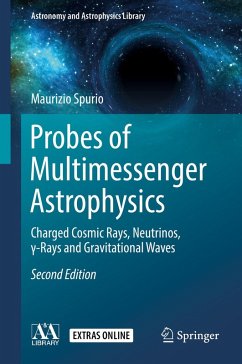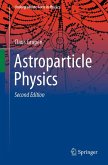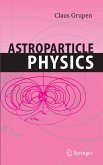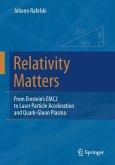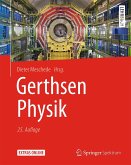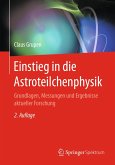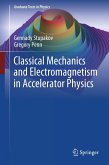"I have taught from and enjoyed the first edition of the book. The selection of topics is the best I've seen. Maurizio Spurio gives very clear presentations using a generous amount of observational data. "
James Matthews (Louisiana State University)
This is the second edition of an introduction to "multi-messenger" astrophysics. It covers the many different aspects connecting particle physics with astrophysics and cosmology and introduces high-energy astrophysics using different probes: the electromagnetic radiation, with techniques developed by traditional astronomy; charged cosmic rays, gamma-rays and neutrinos, with methods developed in high-energy laboratories; and gravitational waves, recently observed using laser interferometers.
The book offers a comprehensive and systematic approach to the theoretical background and the experimental aspects of the study of the high-energy universe. The breakthrough discovery of gravitational waves motivated this new edition of the book, to offer a more global and multimessenger vision of high-energy astrophysics. This second edition is updated and enriched with substantial new materials also deriving from the results obtained at the LIGO/Virgo observatories. For the first time it is now possible to draw the connection between gravitational waves, traditional astronomical observations and other probes (in particular, gamma-rays and neutrinos).
The book draws on the extensive courses of Professor Maurizio Spurio at the University of Bologna and it is aimed at graduate students and post-graduate researchers with a basic understanding of particle and nuclear physics. It will also be of interest to particle physicists working in accelerator/collider physics who are keen to understand the mechanisms of the largest accelerators in the Universe.
James Matthews (Louisiana State University)
This is the second edition of an introduction to "multi-messenger" astrophysics. It covers the many different aspects connecting particle physics with astrophysics and cosmology and introduces high-energy astrophysics using different probes: the electromagnetic radiation, with techniques developed by traditional astronomy; charged cosmic rays, gamma-rays and neutrinos, with methods developed in high-energy laboratories; and gravitational waves, recently observed using laser interferometers.
The book offers a comprehensive and systematic approach to the theoretical background and the experimental aspects of the study of the high-energy universe. The breakthrough discovery of gravitational waves motivated this new edition of the book, to offer a more global and multimessenger vision of high-energy astrophysics. This second edition is updated and enriched with substantial new materials also deriving from the results obtained at the LIGO/Virgo observatories. For the first time it is now possible to draw the connection between gravitational waves, traditional astronomical observations and other probes (in particular, gamma-rays and neutrinos).
The book draws on the extensive courses of Professor Maurizio Spurio at the University of Bologna and it is aimed at graduate students and post-graduate researchers with a basic understanding of particle and nuclear physics. It will also be of interest to particle physicists working in accelerator/collider physics who are keen to understand the mechanisms of the largest accelerators in the Universe.
Dieser Download kann aus rechtlichen Gründen nur mit Rechnungsadresse in A, B, BG, CY, CZ, D, DK, EW, E, FIN, F, GR, HR, H, IRL, I, LT, L, LR, M, NL, PL, P, R, S, SLO, SK ausgeliefert werden.
"Maurizio Spurio's Probes of Multimessenger Astrophysics is, I have just discovered, a very useful book! It is aimed '(i) at those undertaking postgraduate courses, (ii) PhD students, (iii) post-doc researchers involved in high-energy physics or astrophysics research, and senior particle physicists eager to understand and appreciate the mechanisms of the largest accelerators in the Universe.'" (Virginia Trimble, The Observatory, Vol. 139 (1272), October, 2019)

